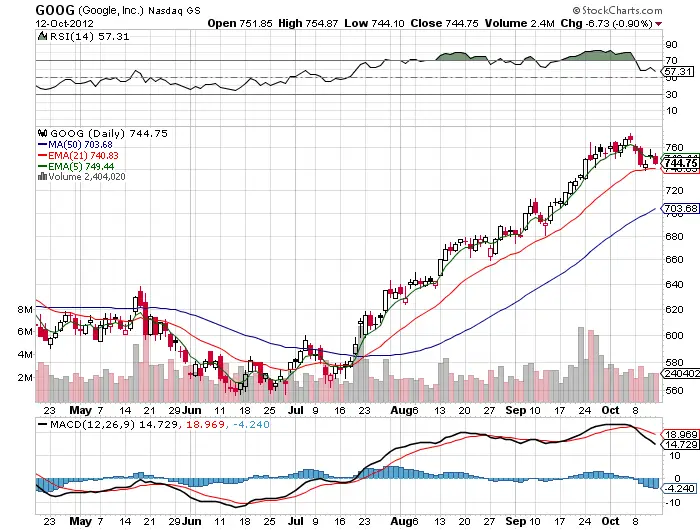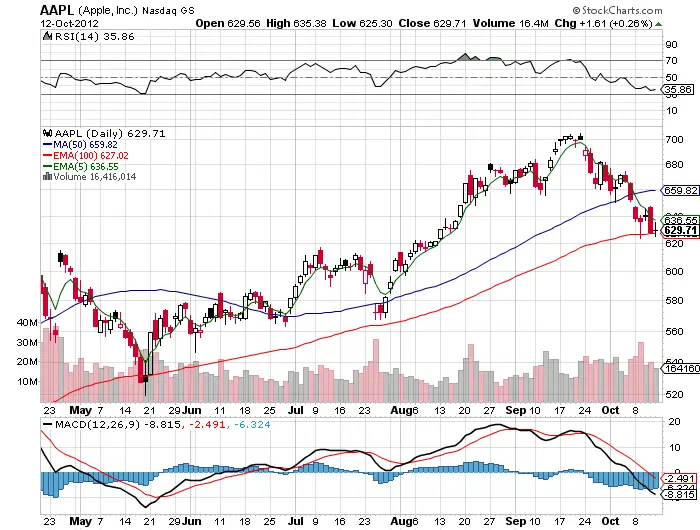Every new trader loves to focus on entries, hot stocks, what to buy, what stock might double, and how long they want to hold their stock. Stops are a very neglected subject with new traders, the best shot many new traders give to an exit strategy is either a price target or a quick scalp to lock in small profits. The problems with these plans are many. Price targets can both cause traders to hold through large losses because they had an upside target but no down side stop due to over confidence in their own opinion. Price targets can also cause a trader to mess huge moves by cutting winners short. If this year I had a price target on Apple of $600 when it was $390 I would have missed over $100 more in price appreciation as it kept going first to $644 and after a correction to $700+. In a trending market let a stock run as far as it will wait for a reaction to sell and lock in profits.You need big winners to pay for all your small losers regardless of your winning percentage or time frame.
One dynamic of stop losses is the percentage of your account you risk per trade. I will risk 1% of my trading account per trade in an attempt to make a 3% return on my account. With this ratio I can lose 6% with six losing trades but make 12% with four wining trades. So on average I am profitable out of every 10 trades. Of course there will be times when I have 10 losers or winners in a row, this is just how trading works but you want to use stops to limit your risk per trade so be careful with position sizing so your stops are not too tight and you give the trade some room to breath. In volatile markets you should cut losses quicker and take profits faster due to the speed of change maybe a half% risk of capital per trade and take profits at 1 and half% or 2% profits. If your trading account is $50,000 then the 1% I am talking about is $500 and 3% is $1500. The percentage is of your trading capital not the movement of the stock.
When you are in your favorite stock when do you sell for a profit? And when do you get back in once you are out? One short term indicator I use to get out of a trend trade is the 5 day exponential moving average, when a stock is in a trend making new highs above this line it is a high momentum uptrend, below it is a possible loss of momentum. Watching how a stock closes the day is the best way to really read the final word by traders on the trend. I use a close below this line as a signal to take profits, staying beneath this line is a signal to me the momentum may be changing and it could be time to play the short side until the stock reaches support at high value moving averages like the 21 day ema, 50 day sma, or 100 day ema these areas are where bounces happen many times.If these levels are lost it is the signal to stay short. You have to know where you are getting out before you get into any trade.

